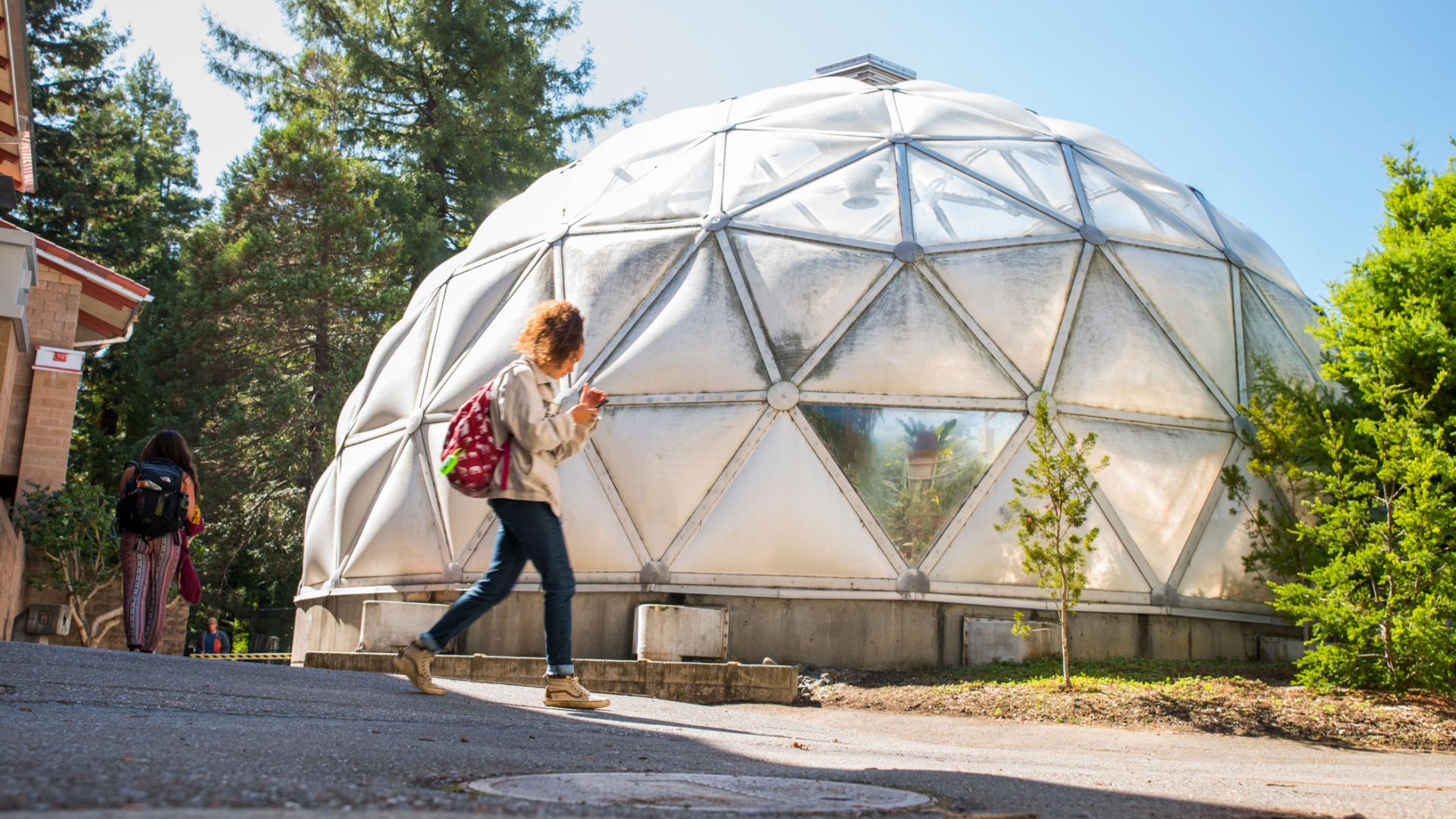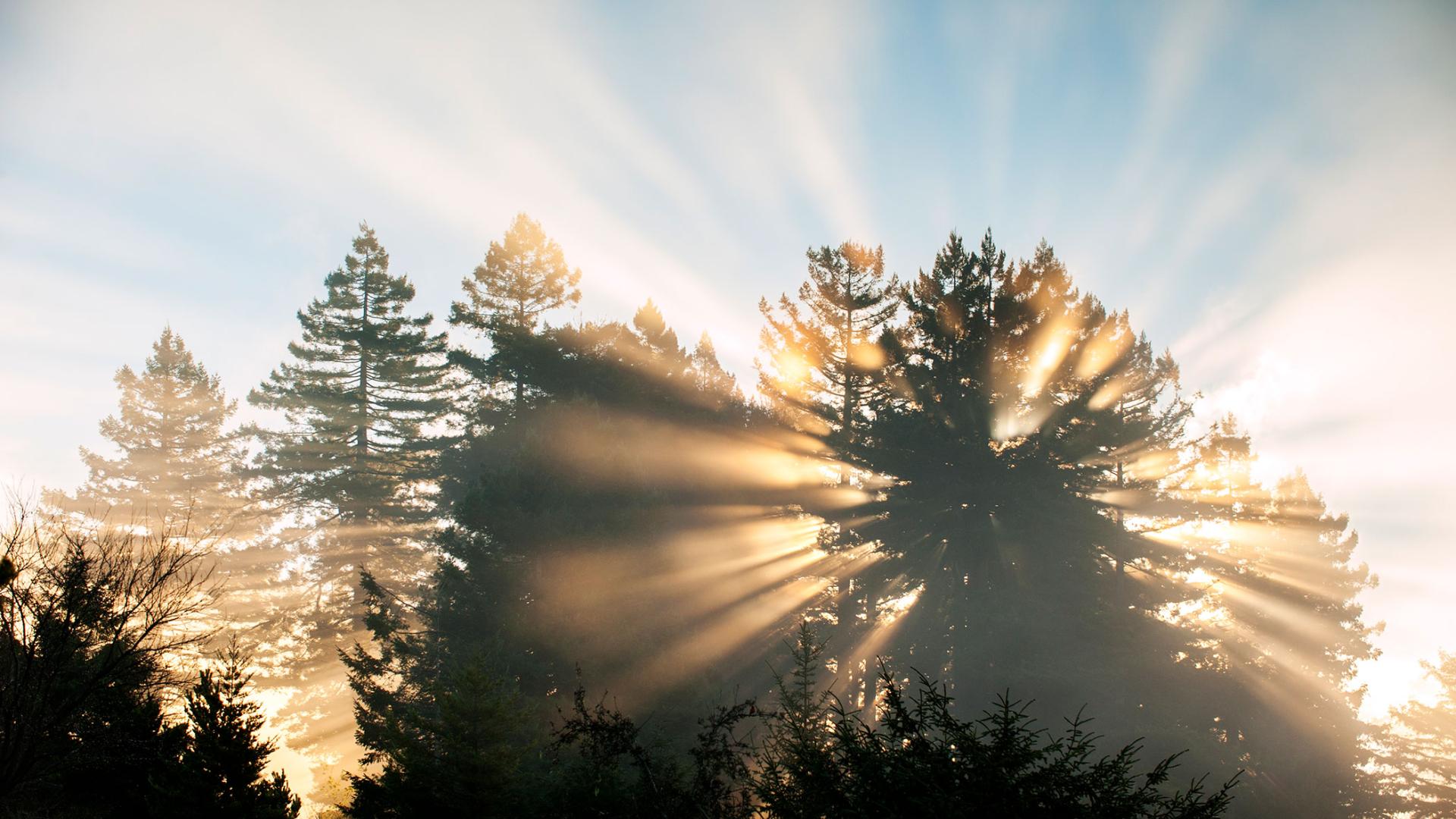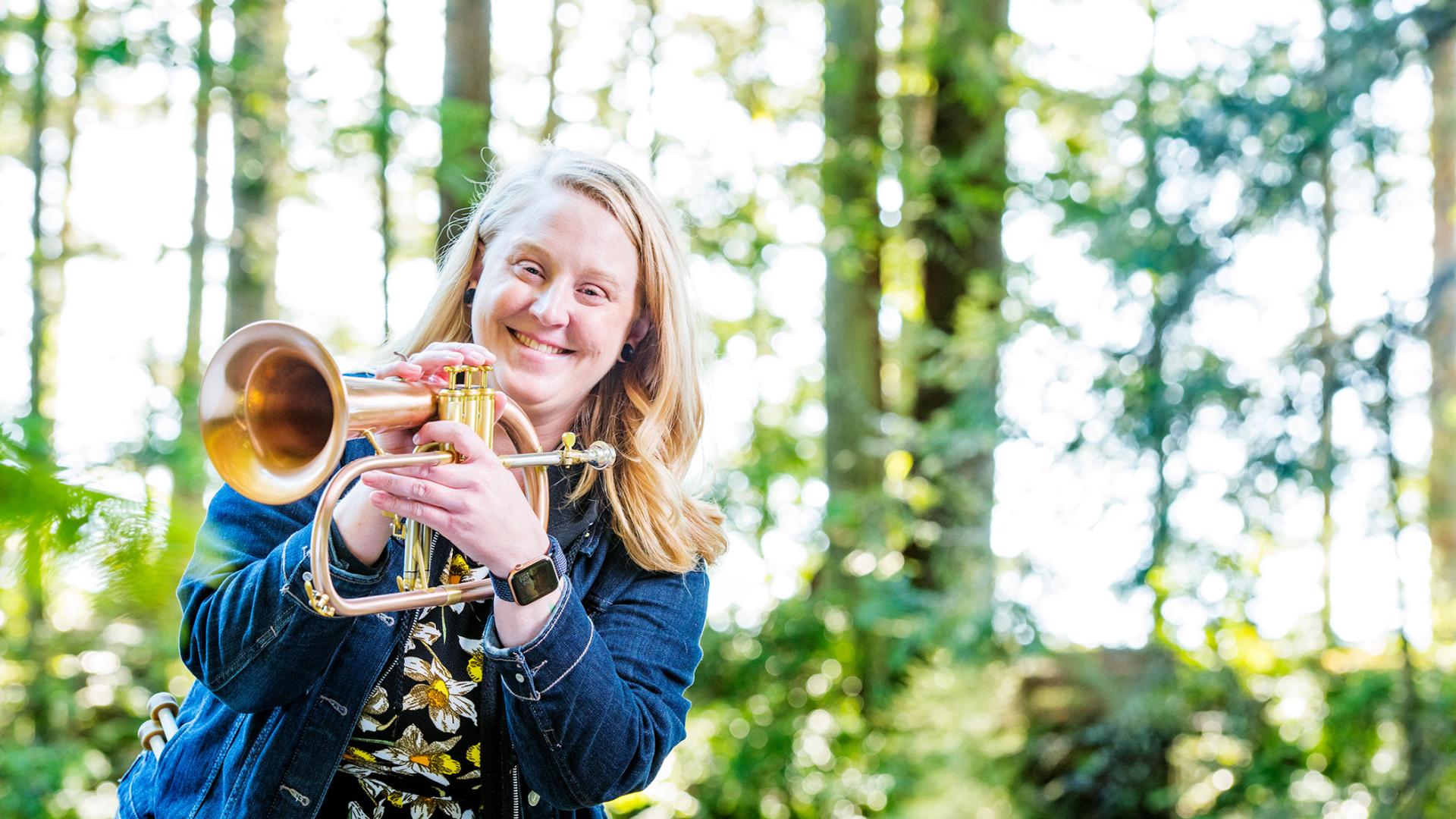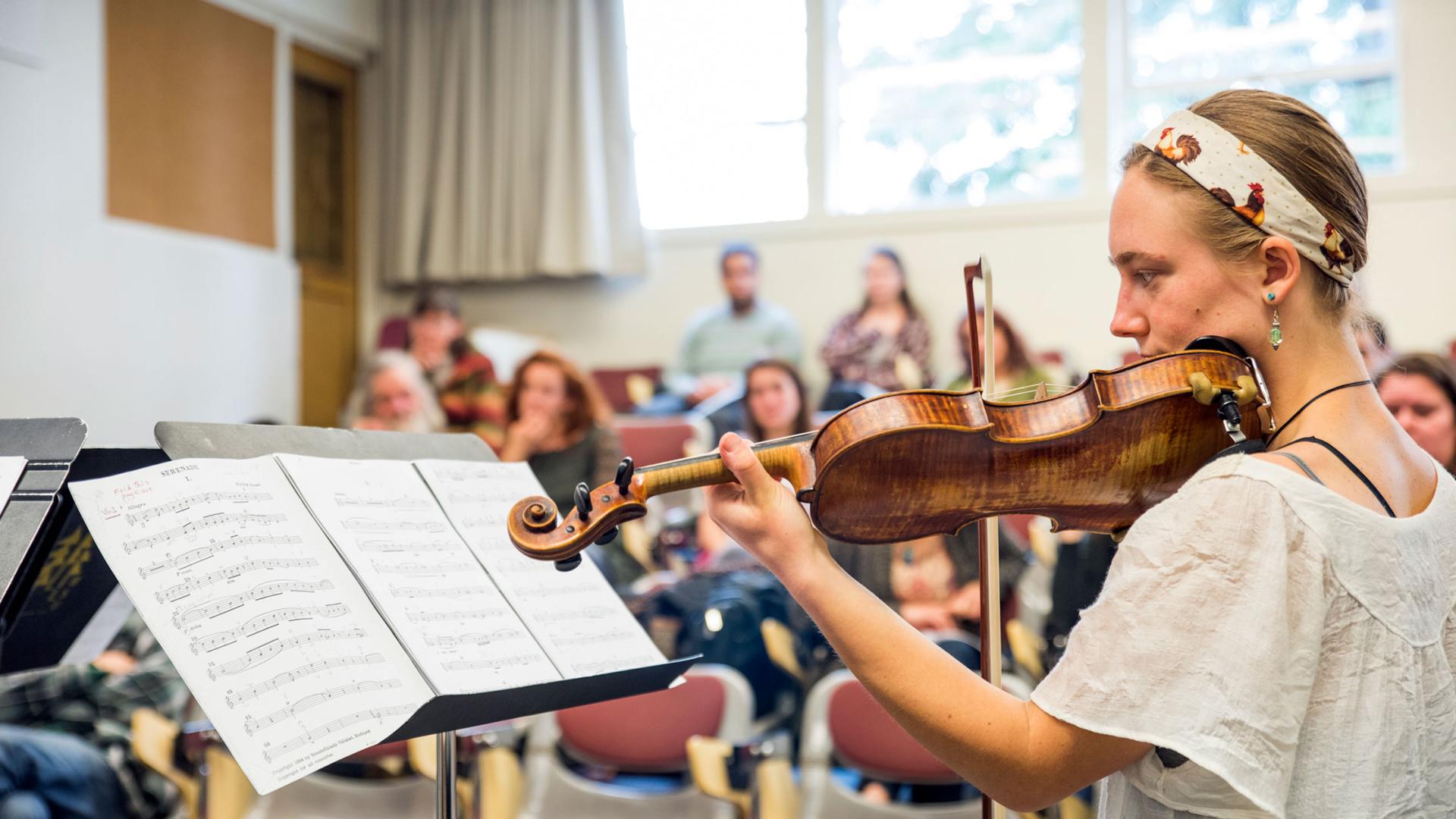Breadcrumb
Tree Campus Higher Education
Did you know that there are approximately 2,660 trees on the Cal Poly Humboldt campus?
Cal Poly Humboldt is recognized as a Tree Campus by the Arbor Foundation for our dedication to enhancing well-being through tree canopy enhancement, education and engagement. What's not to love about our campus trees? They improve air quality, provide habitat, store carbon and boost physical and mental health. Our trees also offer research and learning opportunities while creating shaded, peaceful areas for gathering and studying.
Tree Campus Higher Education is an initiative of the Arbor Day Foundation, a global nonprofit inspiring people to plant, nurture and celebrate trees. To earn Tree Campus recognition, we must uphold five core standards including maintain an advisory committee, set a campus tree care plan, verify annual investment in the tree care plan, celebrate Arbor Day, and create service-learning projects.
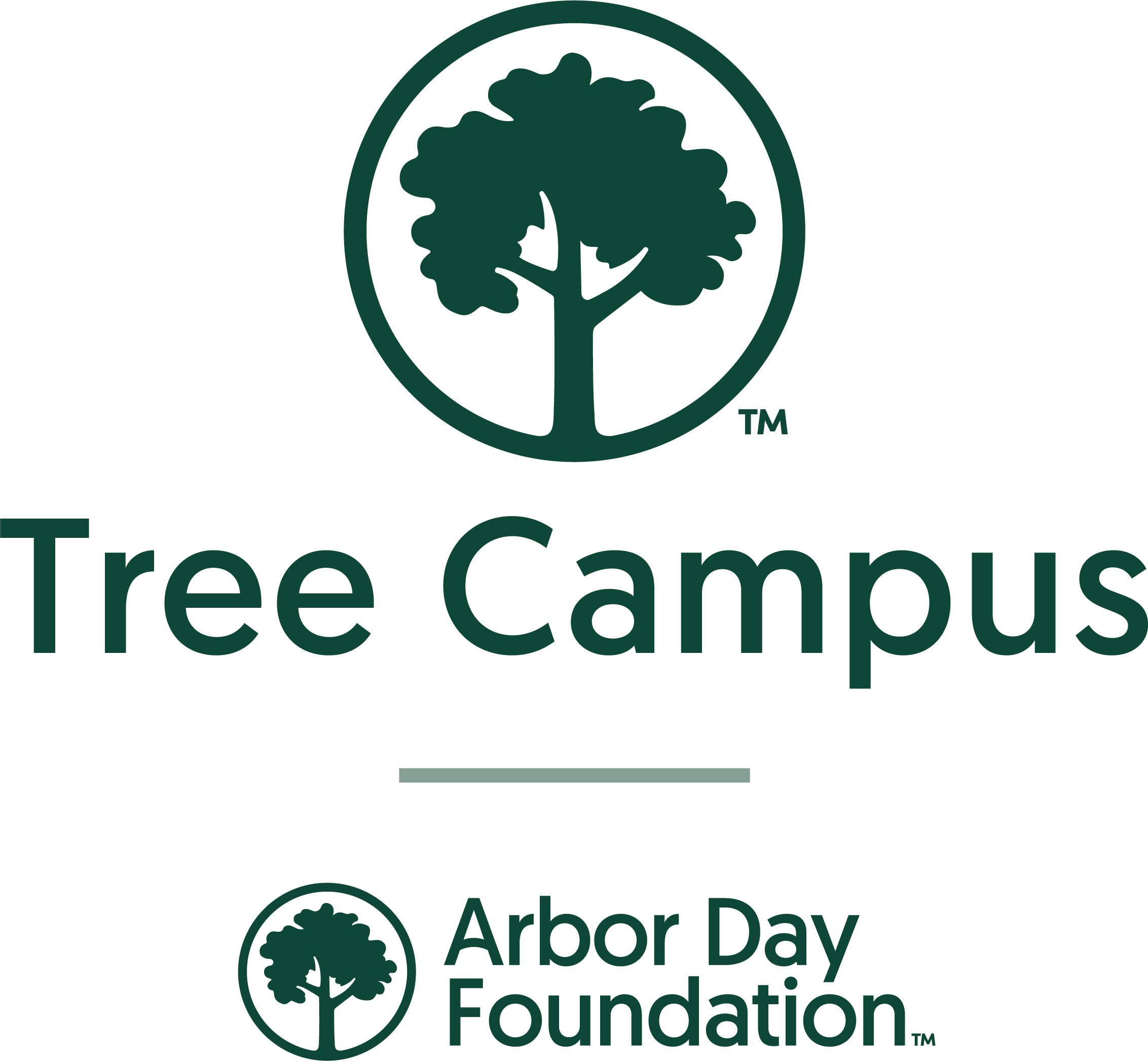
Tree Facts and Maps
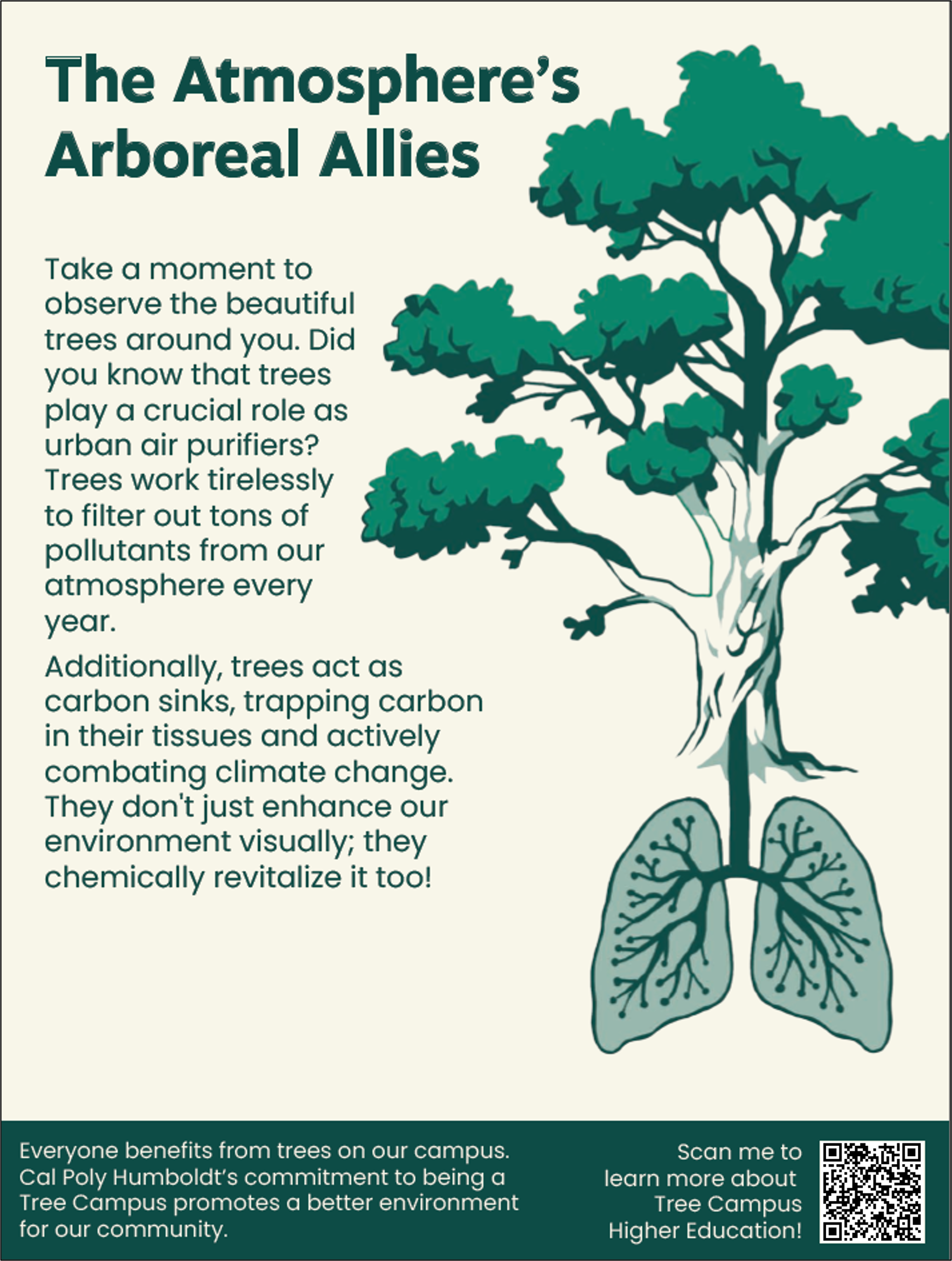
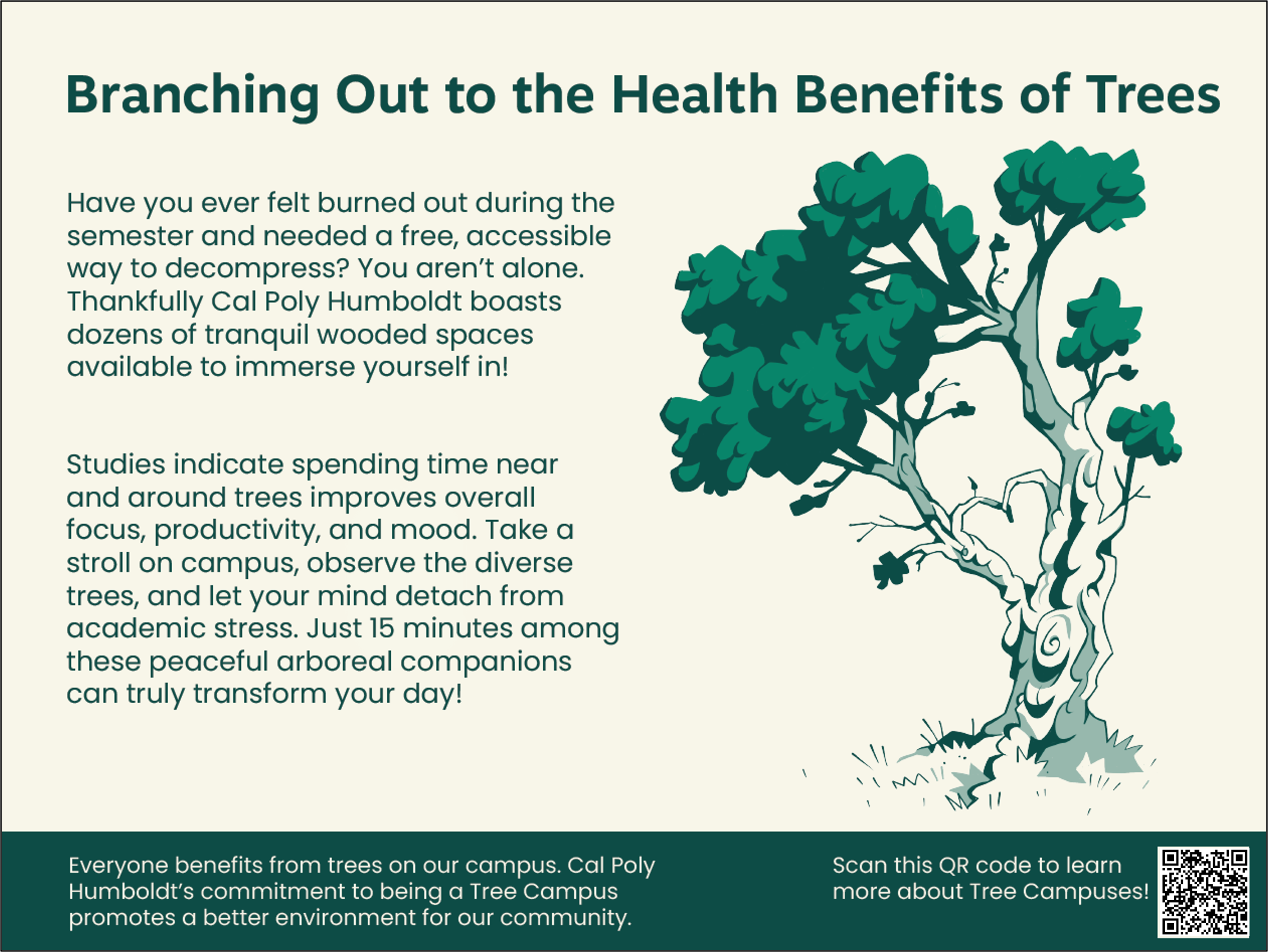
Designs by students in ESM 353 Environmental Education & Interpretation Graphics (Spring 2024, Jennifer Tarlton Instructor)
There are approximately 50 trees of significant botanical interest, the majority of which are found around the Science buildings in the center of campus. At the base of each tree is a plaque identifying its taxonomy, native range and common name.
Download the Trees of Botanical Interest Map, take a walk and explore these amazing trees!
Many of the trees on our campus provide a living laboratory for Botany, Biology, Forestry and other majors to see and study a diversity of specimens from around the world, planted on our campus specifically for learning and research. These trees of botanical interest span the globe and geological time. For example, the dawn redwood (Metasequoia glyptostroboides) is native to China, but 60 million years ago occurred as extensive forests throughout what is now Canada.
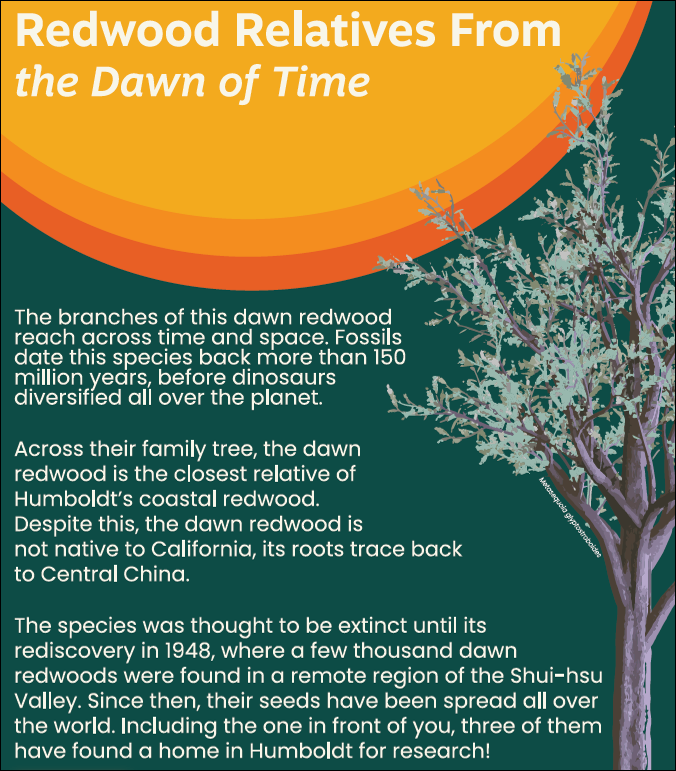
Design by students in ESM 353 Environmental Education & Interp. Graphics (Spring 2024, Jennifer Tarlton Instructor)
Download this map and go visit the Moon Trees! >>>
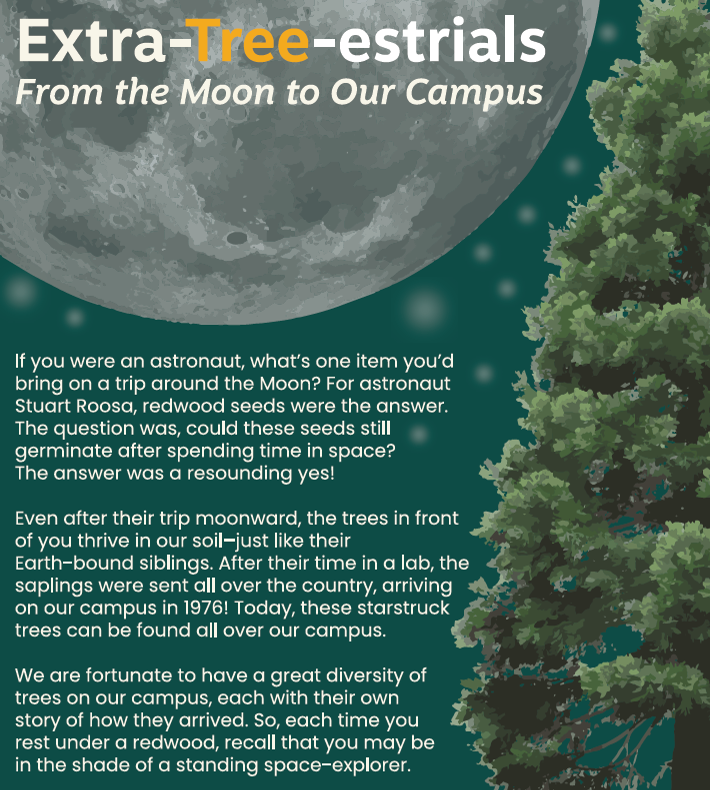
Design by students in ESM 355 Environmental Education & Interpretation Graphics (Spring 2024, Jennifer Tarlton Instructor)
Cal Poly Humboldt is home to the tallest tree on any college campus, anywhere in the world!
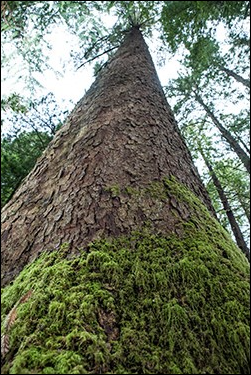
This was confirmed by HSU Forestry Professor and renowned tall tree expert Steve Sillett and his graduate students who have painstakingly measured and mapped the major limbs of this impressive Sitka spruce. In 2017, its height was measured at 240 feet.
At around 140 years old, the spruce is a youngster compared to some of its siblings, although finding older trees can be difficult due to the spruce’s appeal on the lumber market. The trees are known for their speedy growth and they are the only conifers that are capable of reaching 300 feet by 200 years old in ideal conditions.
The Sitka spruce is located near Fern Lake, a manmade reservoir a few hundred yards east of the Athletics complex that was designed to feed fresh water to the campus’s fish hatchery. No doubt the tree has been passed by countless disc golfers as they play the Redwood Curtain course.
This particular patch of forest is a testament to nature’s enduring regenerative power. Having been thoroughly logged in the last century, the forest contains an incredible amount of high biomass for a formerly-logged second growth forest—and that’s despite the fact that for years the forest’s recovery was essentially unplanned. “This is one of the best examples of a second growth forest,” says Sillett.


